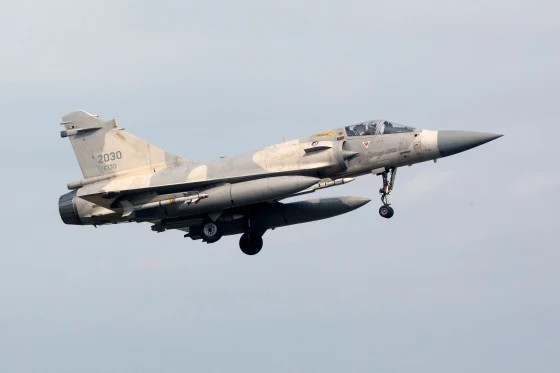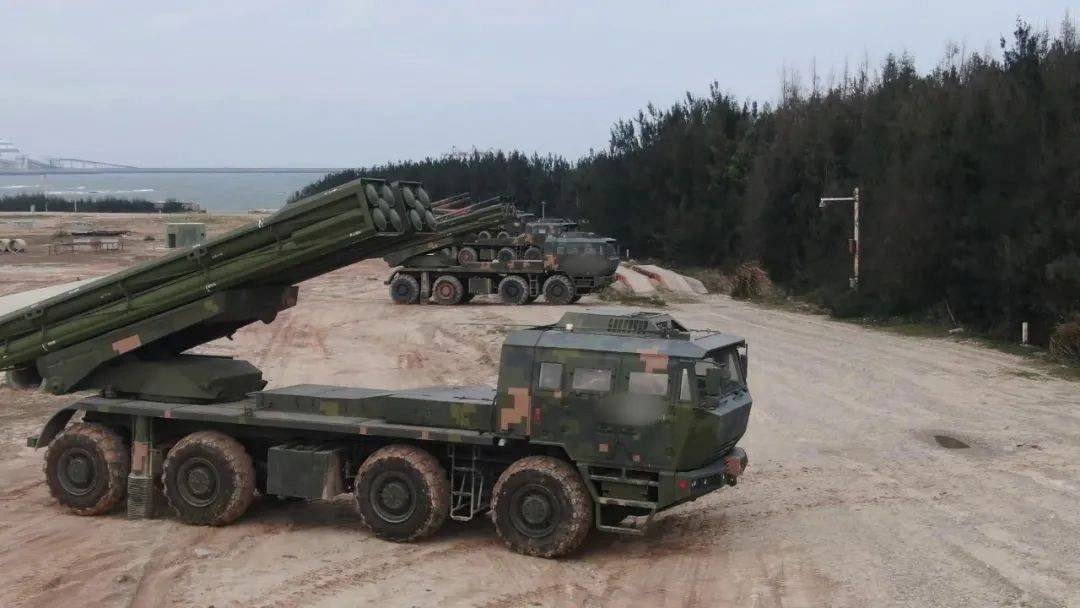In a move that is likely to raise tensions in the region, China has conducted military drills that simulate a strike on Taiwan, on the second day of the exercises. The drills are being held in the Taiwan Strait, and come at a time when China’s relations with Taiwan have been strained, due to the island’s perceived support for the pro-democracy protesters in Hong Kong.
The exercises, which started on Thursday, involve the People’s Liberation Army (PLA) Navy and Air Force, and are meant to “demonstrate the Chinese military’s determination and ability to safeguard national sovereignty and territorial integrity,” according to a statement from the Chinese Defense Ministry.

PLA Air Force Conducts Exercises Simulating Attack on Taiwan, Raises Concerns
On Friday, the PLA Air Force conducted a series of exercises in which fighter jets took off from different air bases and flew over the Taiwan Strait, simulating an attack on the island. The drills also involved the use of electronic jamming equipment and anti-ship missiles.
The Taiwanese government has expressed its concern over the drills, with the Ministry of National Defense saying in a statement that it is “closely monitoring the situation and has the ability to respond to any threat.”
The United States, which is a key ally of Taiwan, has also expressed its concern over the exercises. In a statement, the US State Department said that it “opposes any unilateral attempts to change the status quo in the Taiwan Strait.”
“China’s Latest Military Drills near Taiwan Raise Tensions and Fears of Conflict amid US Presence in the Region”
The drills come at a time when tensions between China and Taiwan have been on the rise. China sees Taiwan as a breakaway province that must be reunified with the mainland, while Taiwan maintains that it is a sovereign state. The Chinese government has been ramping up its military presence near Taiwan, conducting regular exercises and flying military planes near the island.
The latest drills are likely to increase tensions between the two sides and raise concerns about a potential military conflict in the region. The US has been increasing its military presence in the region, conducting freedom of navigation operations in the South China Sea and selling weapons to Taiwan.
China has been conducting military drills near Taiwan, with warplanes entering the island’s air defense identification zone on a daily basis. However, life in Taiwan has continued as normal, with no signs of panic or disruption. The United States is monitoring the situation closely and has urged restraint and no change to the status quo. Despite Beijing’s warnings, Taiwanese President Tsai Ing-wen met with Kevin McCarthy, the current speaker of the US House of Representatives, during her transit in Los Angeles. Beijing considers Tsai a separatist and has refused her calls for talks.
China’s Military Capability Poses Threat to Taiwan as US and Allies Prepare for Potential Conflict
Experts say that China’s military capabilities have grown significantly in recent years, and it now has the ability to launch a large-scale attack on Taiwan. China has increased its military pressure against Taiwan in recent years by regularly flying missions around Taiwan, though not in its territorial air space or over the island itself. In the previous 24 hours, Taiwan’s defence ministry spotted 71 Chinese air force aircraft and nine navy vessels around Taiwan, with around half of those aircraft crossing the strait’s median line. Chinese state media reported that the aircraft armed with live weapons, and Taiwanese air force jets typically carry live weapons when they scramble to see off Chinese incursions. The US and its allies in the region are likely to respond with military force if such an attack were to take place.
The Chinese government has increasingly assertive in its foreign policy in recent years, and has involved in a number of territorial disputes in the region, including with Japan in the East China Sea and with several Southeast Asian nations in the South China Sea.
As tensions in the region continue to rise, it remains to seen how the situation will resolved. Both China and Taiwan have said that they want to avoid military conflict, but the risk of miscalculation or accidental escalation remains high. The international community is likely to continue to monitor the situation closely and call for a peaceful resolution to the dispute.












